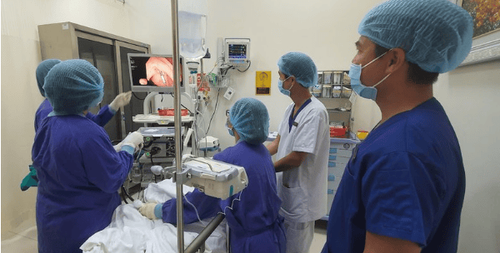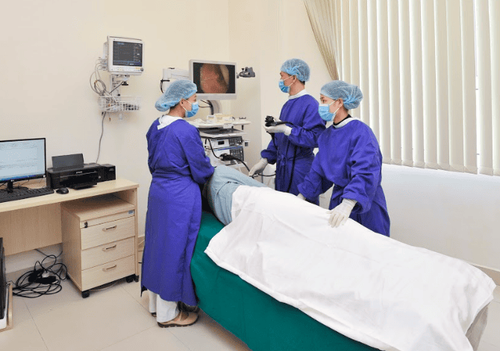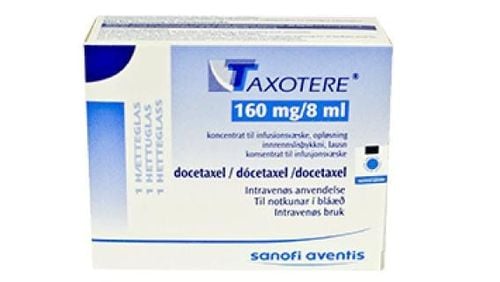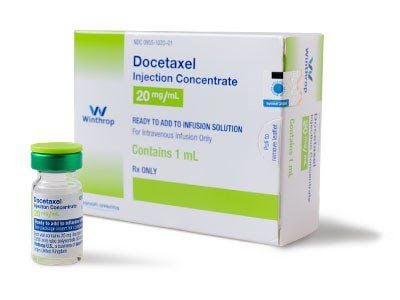This is an automatically translated article.
The article is professionally consulted by Master, Specialist II Phan Thi Minh Huong - Gastroenterologist - Department of Medical Examination & Internal Medicine - Vinmec Danang International General HospitalEndoscopic pre-anesthesia method is the most advanced, high-tech endoscopic method today. This method overcomes the disadvantages that conventional endoscopy cannot perform.
1. Outline of gastrointestinal endoscopy
Gastrointestinal endoscopy with pre-anesthesia is a low-risk, relatively safe procedure for patients. Patients and family members should discuss this with their doctor prior to this procedure.Gastroscopy with pre-anesthesia is a method of examining and diagnosing diseases related to the esophagus - stomach by inserting a gastroscope into the mouth and down the esophagus and into the stomach. Gastroscopy is an effective method to examine and identify related pathologies in the upper gastrointestinal tract.
Pre-anesthesia endoscopy is also known as painless endoscopy. Endoscopy is only performed when prescribed by a doctor and the patient is in a pre-anesthetic state.
Gastroscopy helps doctors determine the cause of symptoms related to the upper gastrointestinal tract such as: nausea, vomiting, abdominal pain, stomach bleeding...
Through endoscopy, doctors will see images and take biopsy samples for testing and diagnosis such as stomach cancer ...
The doctor can thread special instruments through the endoscope to treat stomach diseases such as stomach bleeding. thickening, foreign body removal, polyp removal ...

Nội soi tiêu hóa khi sử dụng thuốc tiền mê là một thủ thuật ít xảy ra rủi ro, tương đối an toàn cho bệnh nhân
2. Who gets pre-anesthesia gastroscopy?
The doctor's appointment for the patient to undergo gastroscopy with pre-anesthesia depends on many factors such as:Depending on the patient's past and present medical condition. In case the patient himself or has a family member with a history of allergy to anesthetics, the pre-anesthesia endoscopic method should be used. Patient status, psychology, and tolerance. Patients with some diseases such as respiratory failure, severe kidney failure, heart failure ... should use endoscopic pre-anesthesia method instead of anesthesia. Elderly people should use pre-anesthesia endoscopy.
3. When to perform gastroscopy?
3.1. Indication for endoscopy Epigastric pain, vomiting of unknown cause Gastroesophageal reflux Anemia, thin weight loss Vomiting blood, passing black stool Chest pain after normal cardiovascular examination Choking Poor syndrome absorption Pre-use of anti-inflammatory drugs, pain relievers Cut 2/3 of the stomach after 10 years Cirrhosis Familial polyposis Crohn's disease 3.2. Contraindications Absolute contraindications:Myasthenia gravis Sputum stasis, respiratory failure, bronchial asthma Acute alcohol intoxication Closed-angle glaucoma Relative contraindications:
Chronic lung disease Traumatic brain injury, hypertension intracranial bradycardia Depression Pregnancy

Phụ nữ mang thai có chống chỉ định tương đối với nội soi dạ dày
4. Advantages of pre-anesthesia gastroscopy
The method of pre-anesthesia gastroscopy is the most advanced and high-tech endoscopic method available today. This method overcomes the disadvantages that conventional endoscopy cannot perform.No pain, discomfort, patients no longer feel anxious.
During endoscopy, the patient will lie quietly, without stimulation to facilitate the process, apply many techniques that need high accuracy such as polypectomy, esophageal varices ligation in pathology. Gastrointestinal bleeding, pathological biopsy...
Pre-anesthesia gastroscopy is a safe method with little risk of complications.
Because the patient lies still during the endoscopy, the image will be clearer and more accurate.
Pre-anesthesia gastroscopy will give quick results in only 15-20 minutes, saving time for patients.
The doctor can perform exploration of most parts of the digestive tract.
This procedure is usually short, the amount of sedation is small, so it is not harmful to health, the patient will wake up immediately after the end of the endoscopy.

Thời gian thủ thuật này thường ngắn, lượng thuốc an thần ít nên không hại đến sức khỏe
5. Procedure for performing pre-anesthesia gastroscopy
5.1 Before pre-anesthesia To prepare for a pre-anesthesia gastroscopy, the anesthesiologist will carefully check the patient's condition before performing the procedure for the purpose of checking the history, related diseases, etc. may affect the risk when performing the technique. The doctor will clearly explain the procedure to the patient and the patient's family. Patients undergoing gastroscopy should fast for at least 6 hours before the endoscopy.Patients who agree to the procedure will have to sign a consent form for the procedure. The patient is then closely monitored for pulse, blood pressure, and blood oxygen levels before, during and after endoscopy. The patient will be accompanied by a family member.
5.2 During pre-anesthesia The doctor will place an intravenous line on the patient, select the drug, set the dose, and administer the pre-anesthesia.
After that, the doctors will monitor the pre-anesthesia process through the patient's state of consciousness, monitor the pulse, blood pressure, and oxygen in the blood and start the endoscopy.
5.3 After pre-anesthesia End of endoscopy, patient is monitored in the recovery room until fully awake. The doctor will assess the patient's cognitive, respiratory, cardiovascular, motor functions, pain or discomfort before discharge.
6. Notes on pre-anesthesia gastroscopy
To prevent possible complications during pre-anesthesia endoscopy, the anesthesiologist will assess the patient before doing and may do some other necessary tests.Patients with a history of chronic diseases such as hypertension, diabetes, lung disease, cardiovascular disease... need to inform their doctor before conducting pre-anesthesia.
Patients need to be monitored for about 1 hour after pre-anesthesia, patients must not drive vehicles and operate machines for 2 hours after pre-anesthesia.
In this case, patients with gastroscopy should fast for at least 6 hours before the endoscopy. Colonoscopy patients need to be enema, clean the colon before colonoscopy

Bệnh nhân nội soi dạ dày cần nhịn ăn tối thiểu 6 tiếng trước soi
7. Complications during pre-anesthesia gastroscopy and how to handle it
Rare complications during pre-anesthesia gastroscopy are mainly due to side effects of anesthetic drugs such as drowsiness, nausea, prolonged pre-anesthesia, hypotension, respiratory depression...When If you experience these complications, the doctor may apply the following treatments:
In the case of a patient with prolonged pre-anesthesia, doctors can administer a resuscitation drug according to each type of anesthetic used. When the patient has respiratory depression, hypoxemia, the cause may be depression of the respiratory center, bronchospasm, upper airway obstruction due to tongue retraction... the doctor will guide or stimulate Ask the patient to breathe deeply to provide adequate oxygen. Suction sputum, use resuscitation medicine, support breathing if the patient's breathing rate is not responsive. Because anesthesia can dilate veins, causing hypotension in patients with hypovolemia leading to circulatory failure. At this point, the doctor will elevate the patient's leg, administer intravenous fluids, administer resuscitation medication or administer a vasopressor if necessary.
Please dial HOTLINE for more information or register for an appointment HERE. Download MyVinmec app to make appointments faster and to manage your bookings easily.













